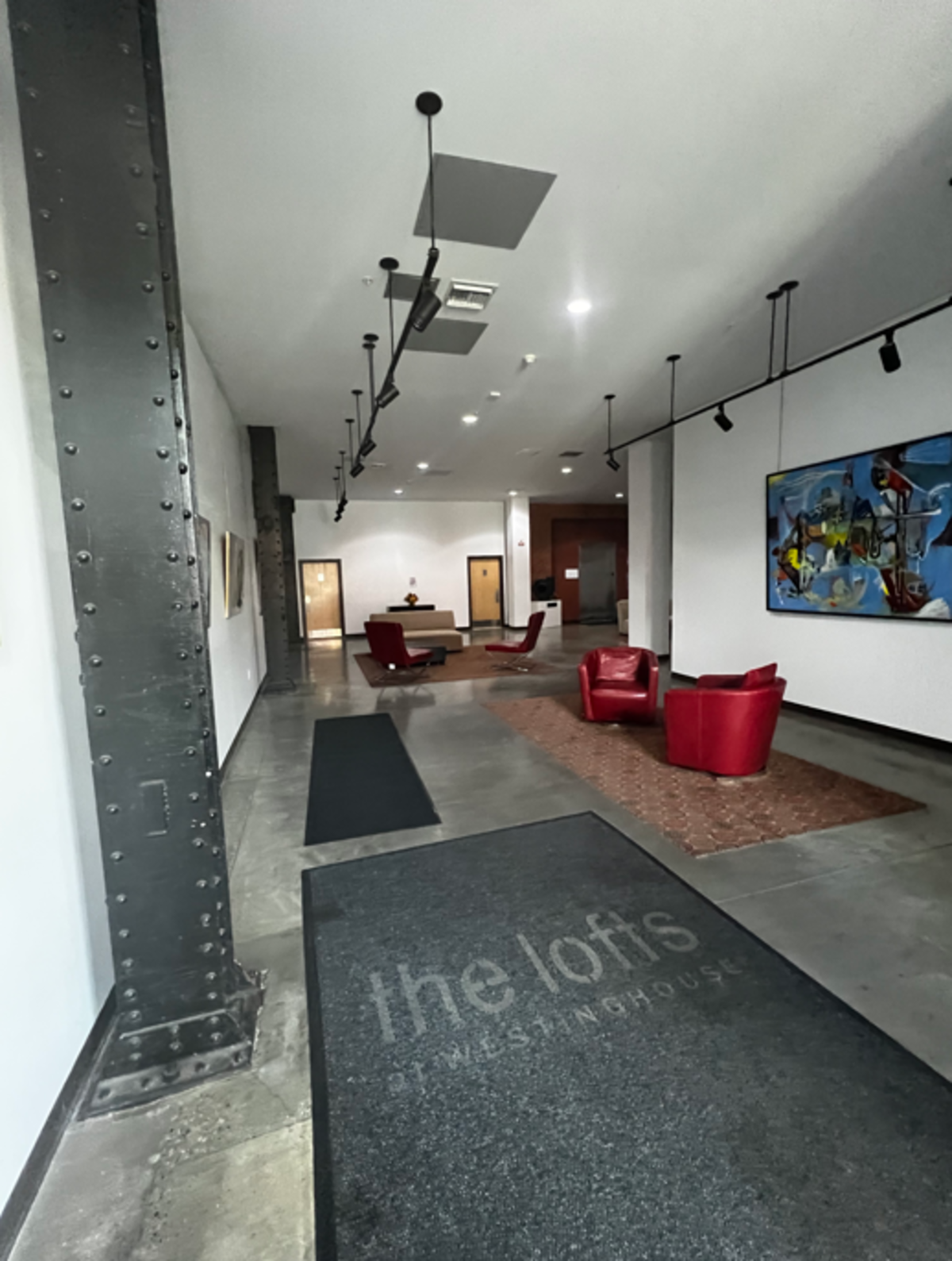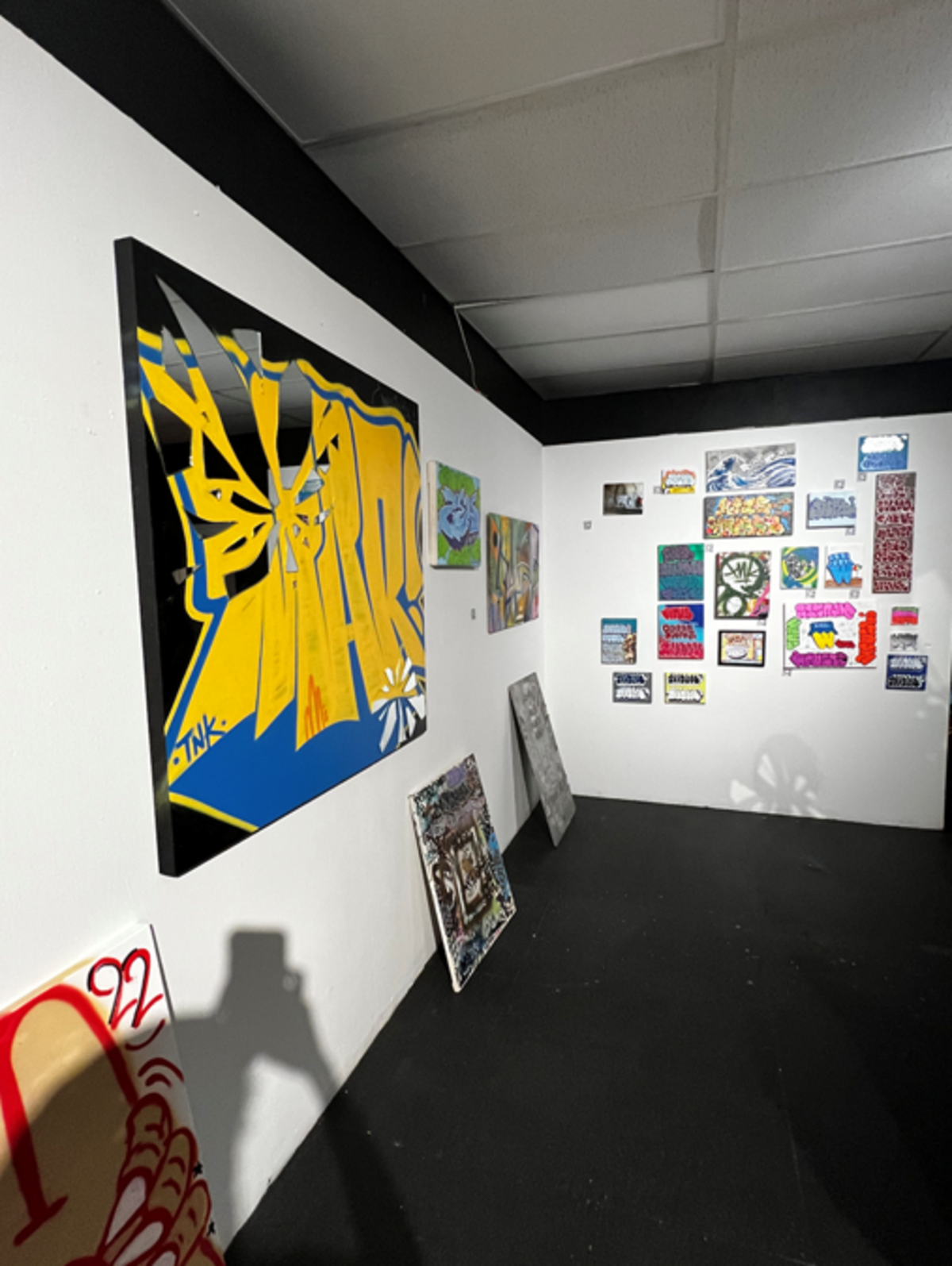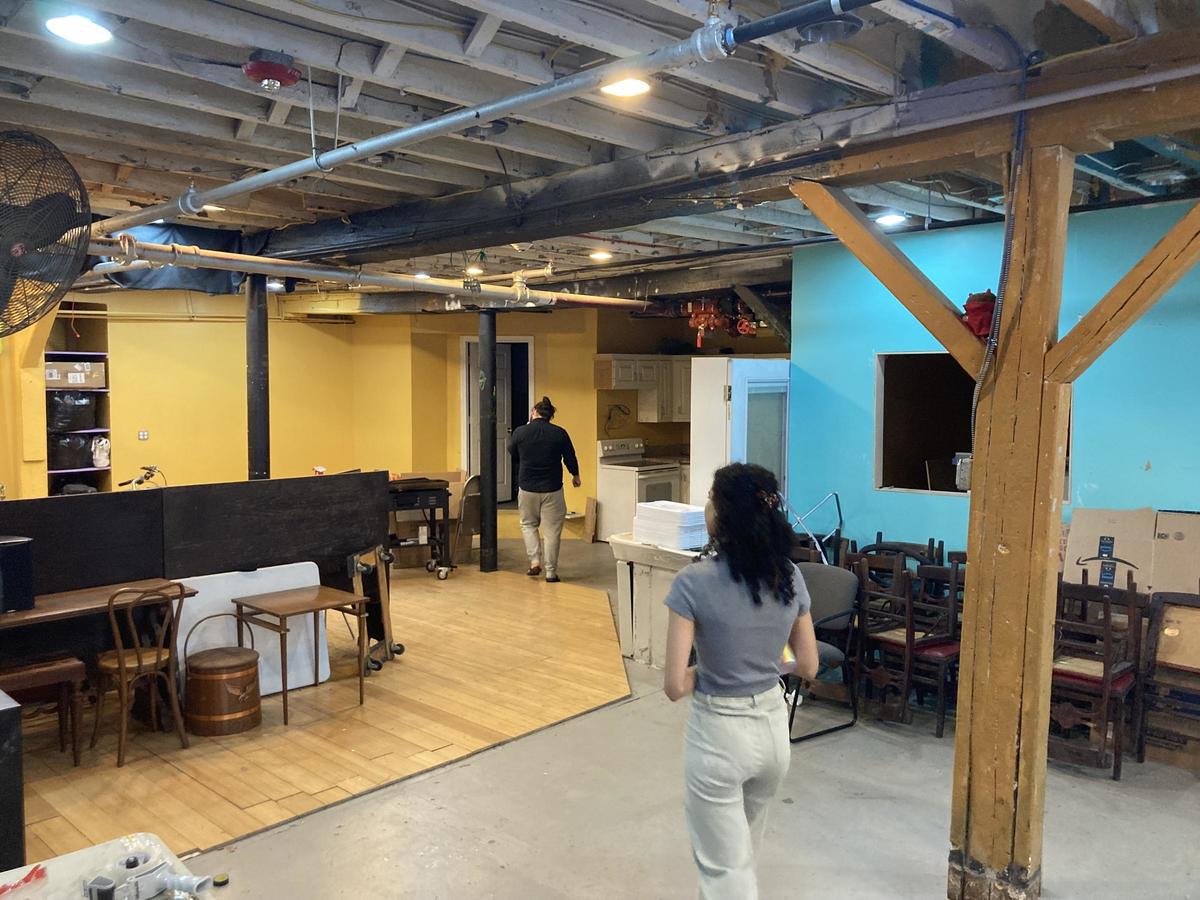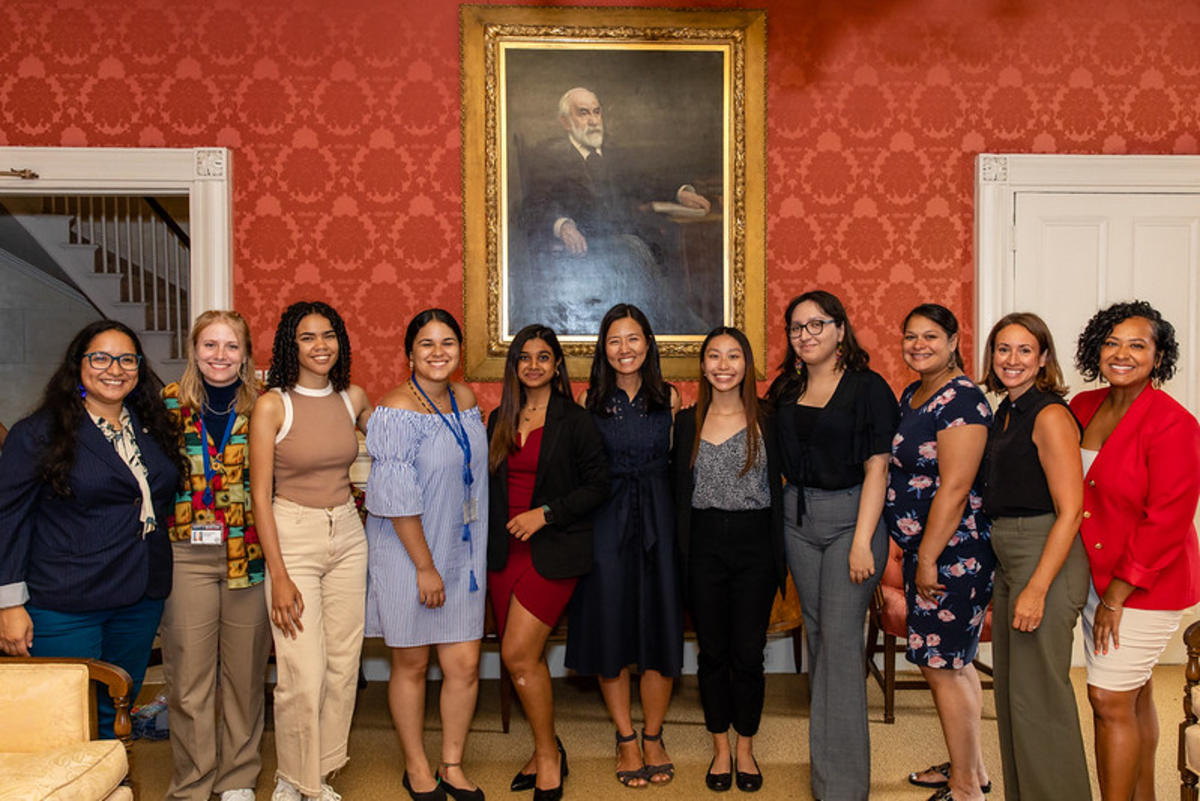Intern Spotlight: Exploring artist spaces throughout the city
This summer, our intern Sahomi Santana worked with us to gather more information about existing artist spaces in Boston. Read the blog post below to learn more about her experience!
My name is Sahomi Santana and I’m a first-generation sophomore at UMass Boston. I’m majoring in Information Technology, but my original major choices were art and business. Art has always been my main passion. In high school all of my income came from selling my artwork and taking commissions. I was fully engrossed in the business side of creating and selling art, so applying for an internship with the Mayor’s Office of Arts and Culture made sense.
What were you interested in learning more about coming into your internship with the Mayor’s Office of Arts and Culture (MOAC)?I was most interested in learning about working in a professional work environment that ties in my interest in art. The fact that there was an Arts and Culture department at City Hall was a surprise to me, so I wanted to know more about MOAC, and primarily how the City supports independent artists.
Tell us about a project you worked on this summer.The main project I worked on was updating the info we have on creative workspaces. I looked at what kinds of artists they serve, their community engagement, pricing structure, and so on. This involved visiting workspaces, talking to artists and organizations and starting to update the artist workspace map to be more accessible and user-friendly.
We visited 11 total workspaces spread out through Charlestown, Hyde Park, Dorchester South Boston, and East Boston. One of the most notable spaces was Dorchester Art Project (DAP). I live not too far from them, so getting to see the value they provide was exciting. DAP offers affordable studio, gallery, and performance spaces, and their overarching mission to “realize creative independence in systematically undervalued communities'' really resonated with my values. Their space is artist-run, and is home to many local artists across various disciplines, from music, to writing, to sculptures.
We had a pretty comprehensive database already, but it was outdated. My job was to update it and find creative workspaces that weren’t as well known. The issue is that any empty room could be a workspace. Many of them are hidden in plain sight. In my search, I’d find spaces in unmarked warehouses, in residential or office buildings, above retail space, etc. I would dig through local art groups' social media for contacts and new spaces would come to us often by word of mouth. In some instances we were able to get someone to give us a tour, and ask questions about the spaces and their uses.
What was something that surprised you during your site visits?What surprised me the most was how vibrant and active these communities of artists were. They have very broad connections, and would even mention other creatives we had already planned to meet with by chance; but they also have tight knit communities within their own spaces that foster support for one another. Some groups would hold public events, fundraisers, and gallery exhibitions. A few aimed at providing safe spaces for young BIPOC and queer artists to socialize, create, and thrive. These artists bring a lot of life into their neighborhoods, providing unique value, and they deserve so much more support.
We gathered a lot of info on what each workspace’s needs and concerns are. One of the most pressing issues affecting the arts community in Boston is rent increases and development. Many artists are being priced out of their workspaces, or losing their spaces to offices, retail, or storage. I made sure to keep track of where the stability of certain art spaces may be threatened, so that long after my internship ends, MOAC can still advocate for them.
How was your experience working in the public sector for the first time?As my first time working in the public sector, I had an exceedingly positive experience. The most notable difference to me between this and a private sector job is how goal-driven and committed to serving the public everyone is. My work impacts people’s lives, even just in small ways. I see that impact when we speak to artists, and they tell us how relieved they are that someone is working to make sure they can keep creating in Boston. Our site visits gave people a lot of hope; that someone is listening to their concerns and the city values its creative workers and cultural assets. Whether or not I go onto work for the public sector in the future, I’m motivated by work that can similarly help people.
One of my biggest takeaways is that having confidence in your abilities can get you places. I had no experience talking to property managers or representing a municipal office. It was intimidating at times, speaking to people with 15+ years of career experience on me, especially as a quiet, anxious person, but I steadily developed my professional voice. With every challenge I stepped up to, I gained more resolve.
I also learned firsthand how vital making connections is. Attend every meeting. Talk to people, ask them questions. Networking isn’t my favorite word, but building a network of supporters early-on will open up so many doors, and introduce really valuable relationships into your life.





